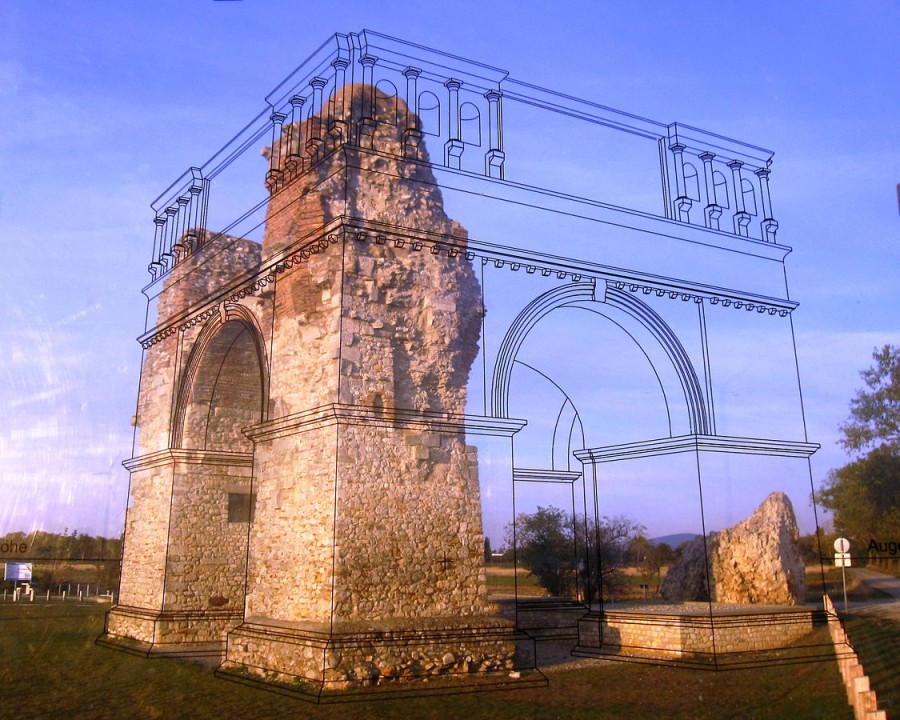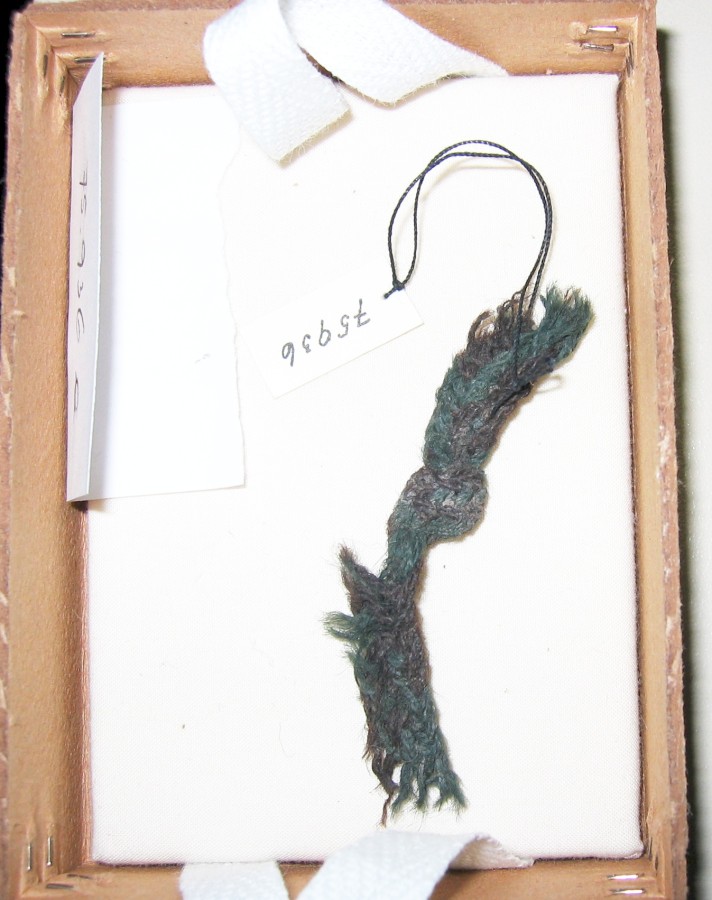I am (still) surrounded by stacks of things - things to pack, things to get ready, things to sort and things to do. Tomorrow afternoon is set-up time for the Nadelwelt, where Margit and I will be selling our things Friday to Sunday, so it's high time for me to get all the things done.
Meanwhile, here are some links for you...
VAT Moss (or VAT Mess) had a consultation (something like a public questionnaire) last year, and they have closed it now and are (hopefully) taking all the criticism from small traders into account. Here's a little bit of info about it, along with links to the raw data and some more articles.
The Glasgow Textile Conservation blog has an article about storage boxes for textiles.
Doug's Archaeology features a number of conference videos about archaeological mapping.
And speaking of maps, XKCD has a flowchart on dating an undated map.
That's it for today. I'll be off to the fair tomorrow, and I'll be taking off a few days afterwards to make up for the last two weekends, so I'll be back here and posting stuff on Thursday.
And if you're near Karlsruhe - drop by at the Nadelwelt fair and see me at stall F2.3!
Meanwhile, here are some links for you...
VAT Moss (or VAT Mess) had a consultation (something like a public questionnaire) last year, and they have closed it now and are (hopefully) taking all the criticism from small traders into account. Here's a little bit of info about it, along with links to the raw data and some more articles.
The Glasgow Textile Conservation blog has an article about storage boxes for textiles.
Doug's Archaeology features a number of conference videos about archaeological mapping.
And speaking of maps, XKCD has a flowchart on dating an undated map.
That's it for today. I'll be off to the fair tomorrow, and I'll be taking off a few days afterwards to make up for the last two weekends, so I'll be back here and posting stuff on Thursday.
And if you're near Karlsruhe - drop by at the Nadelwelt fair and see me at stall F2.3!







